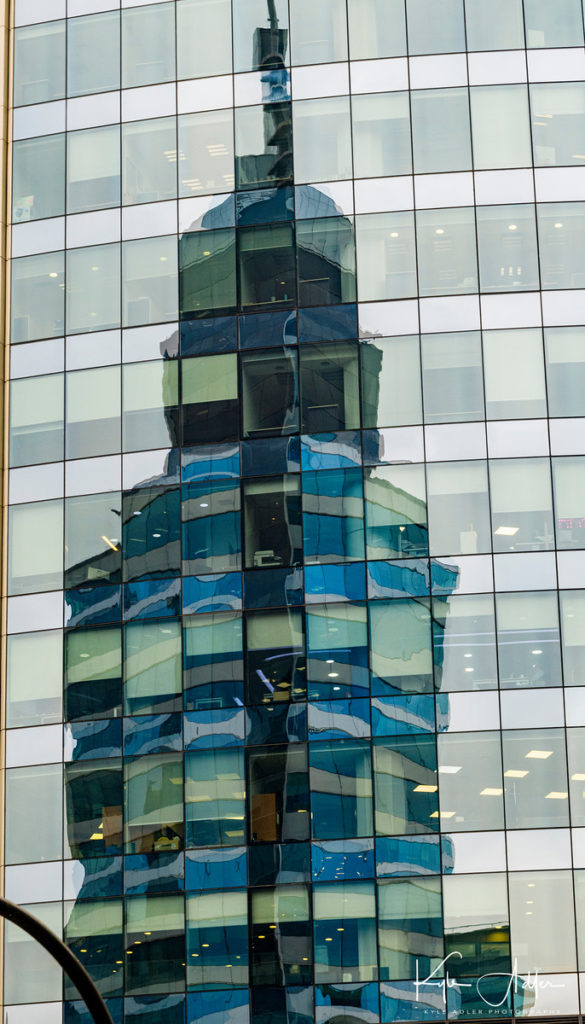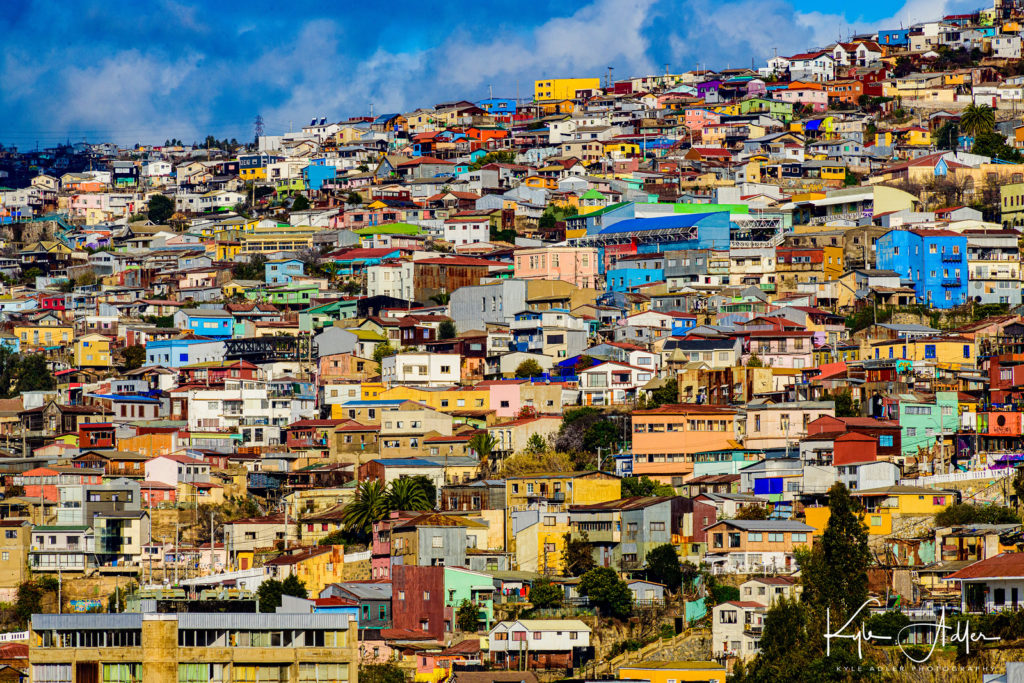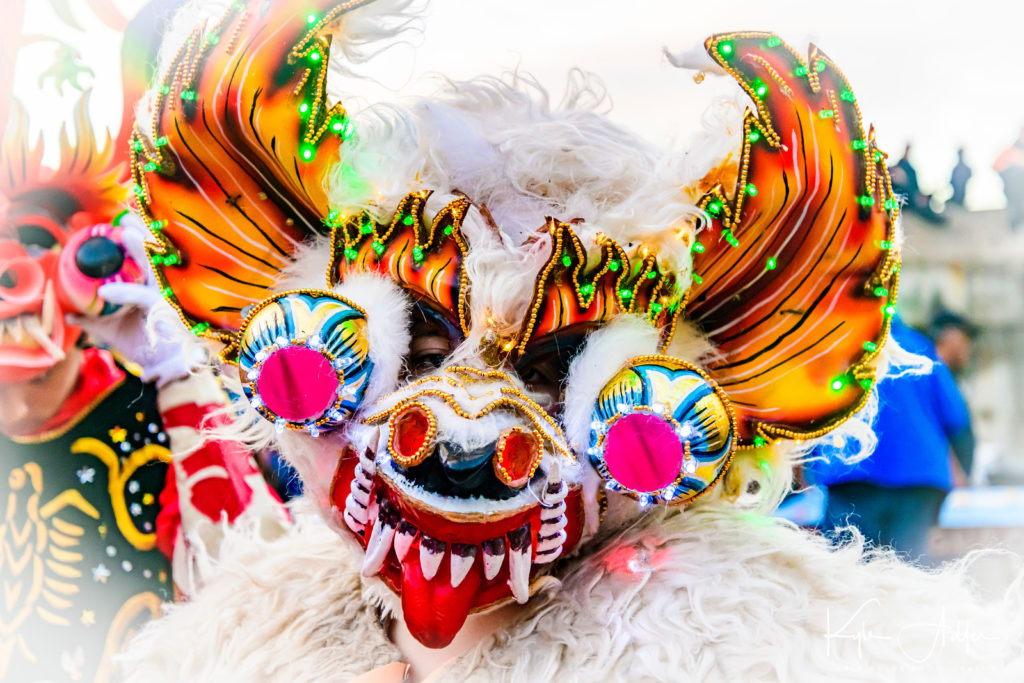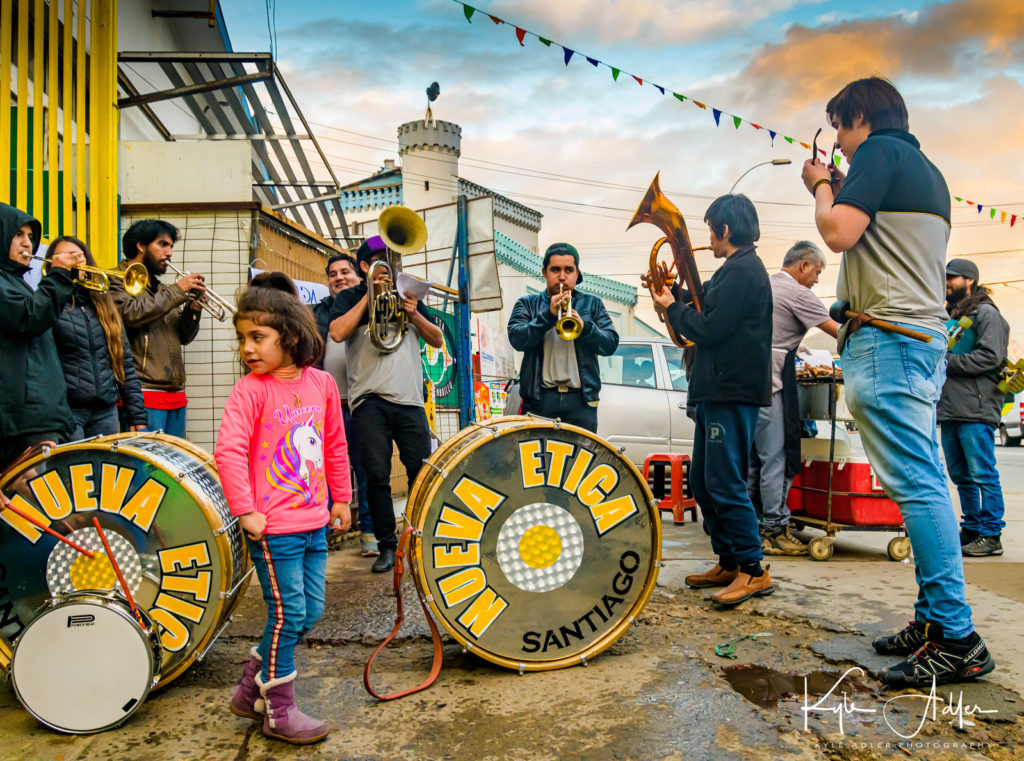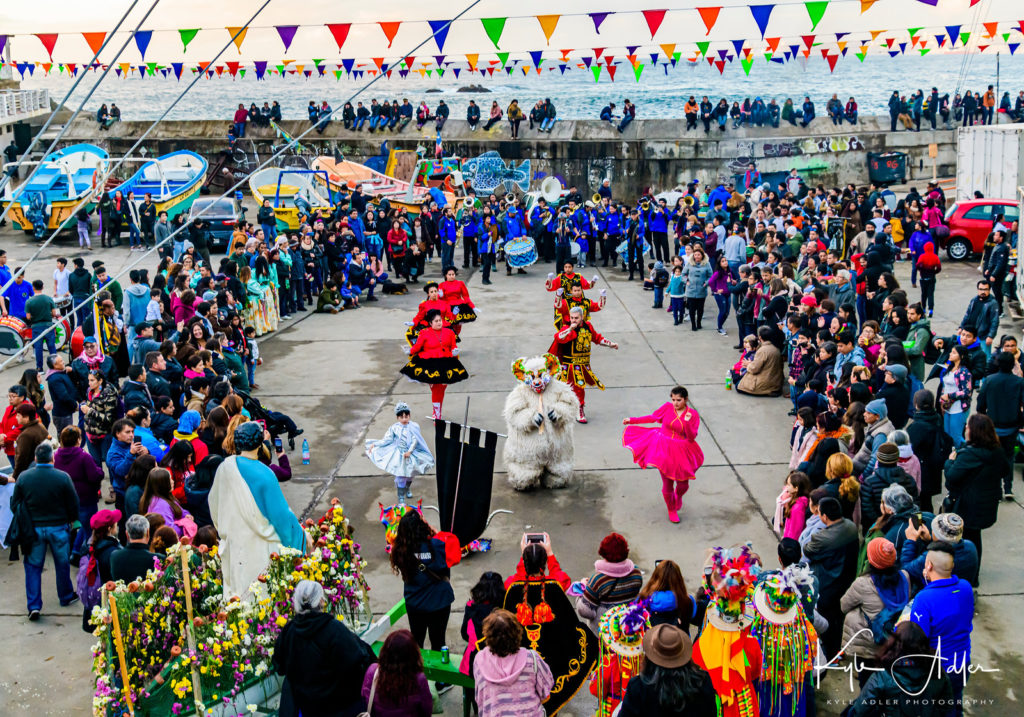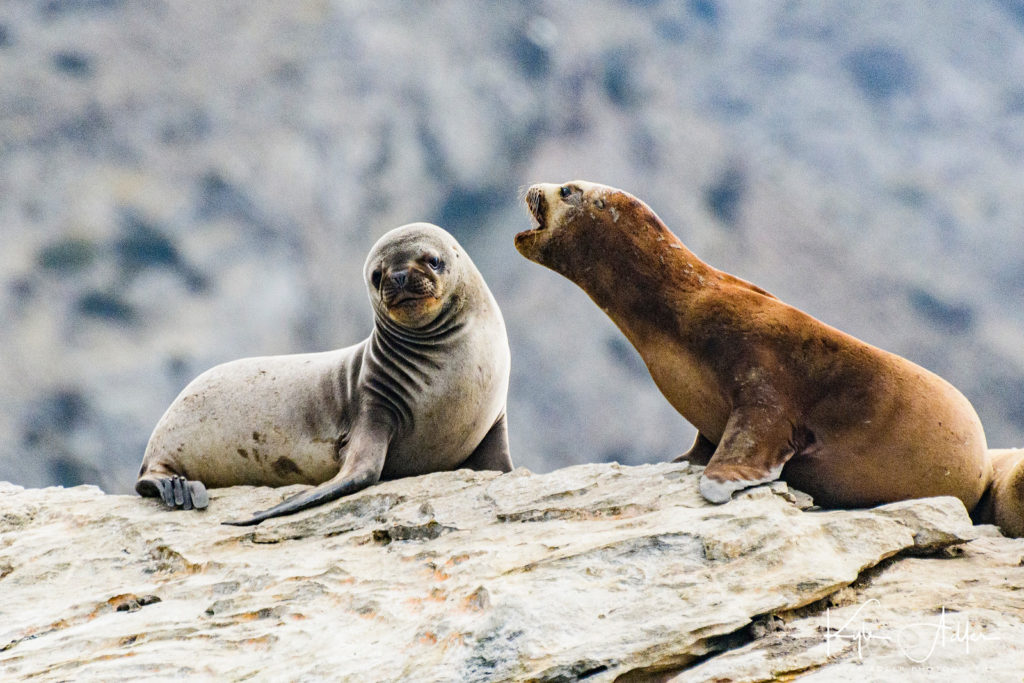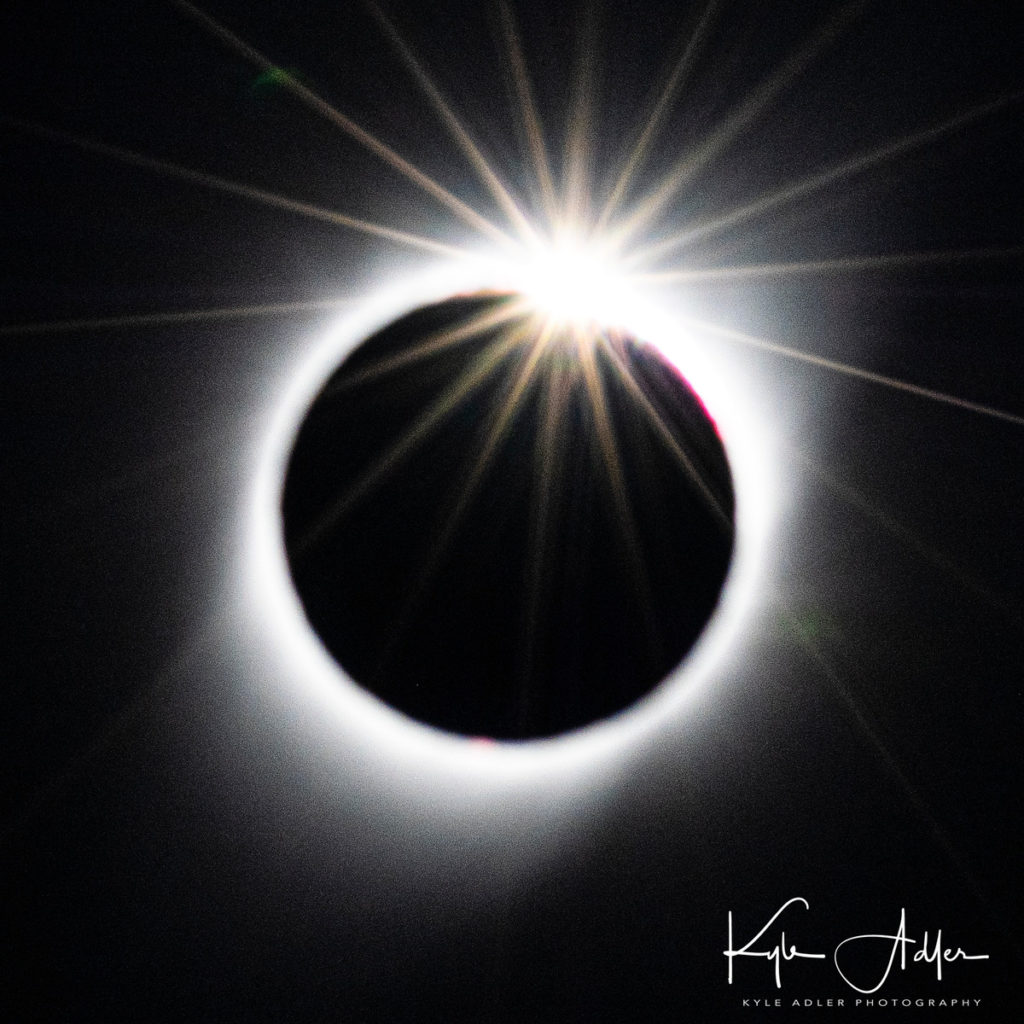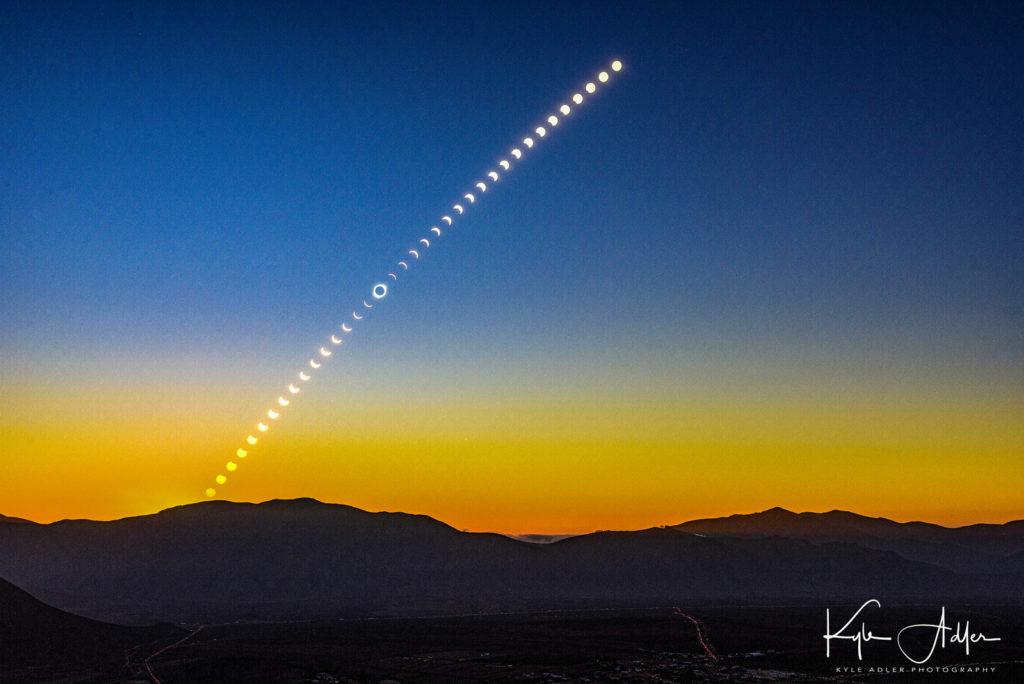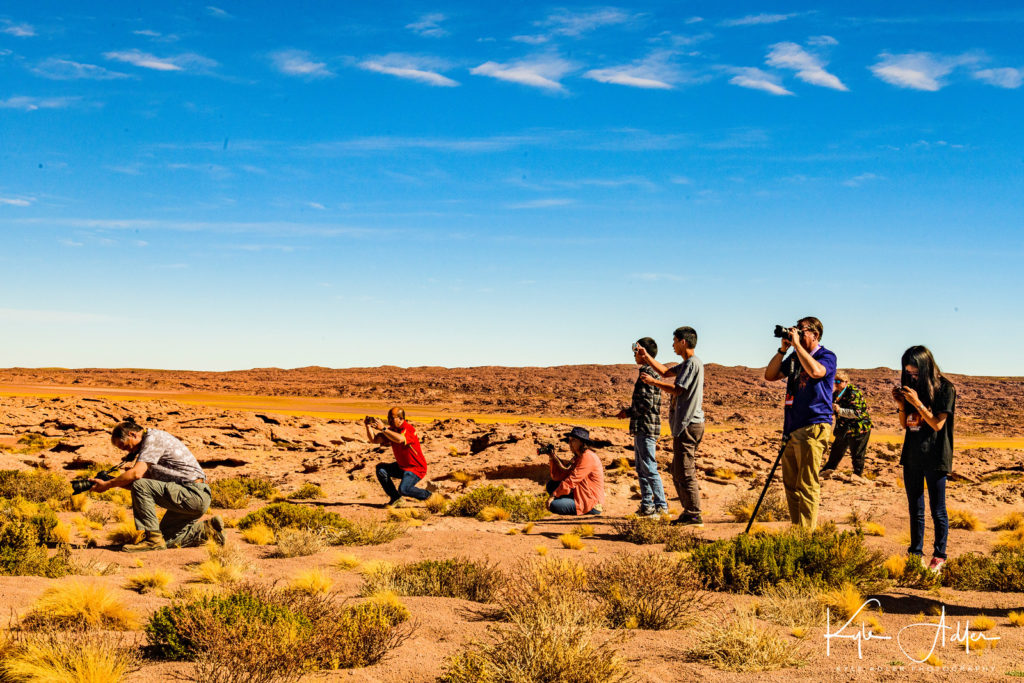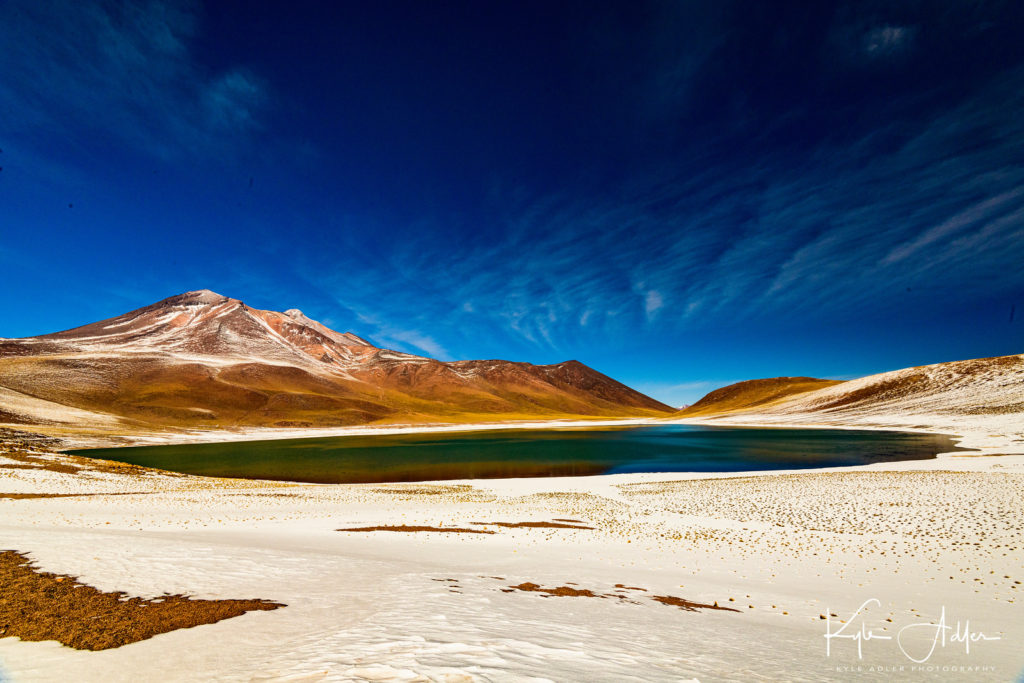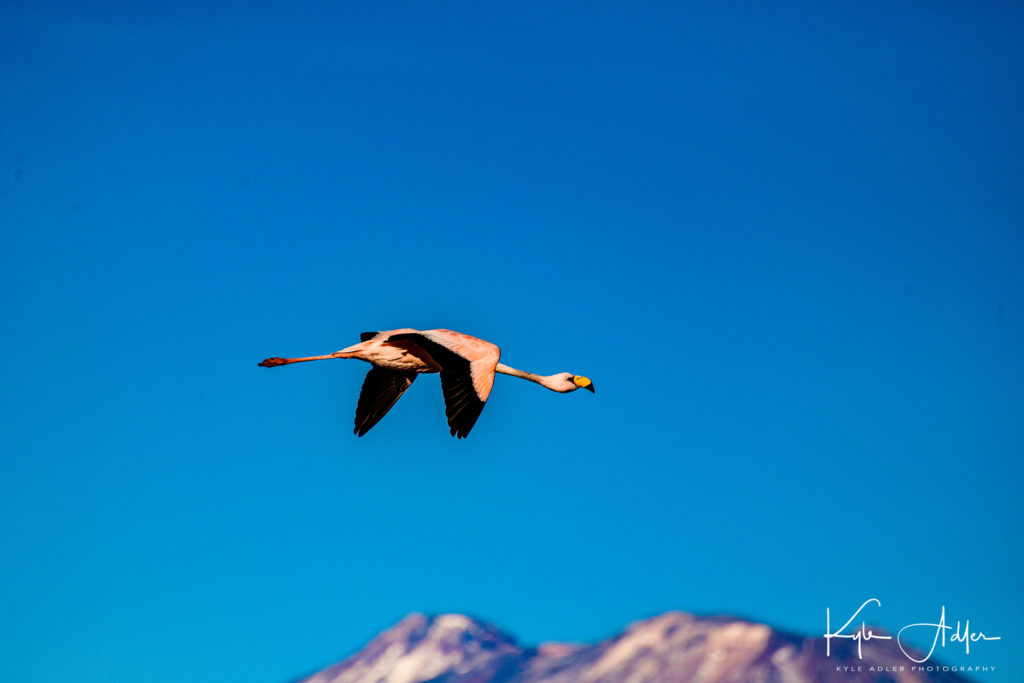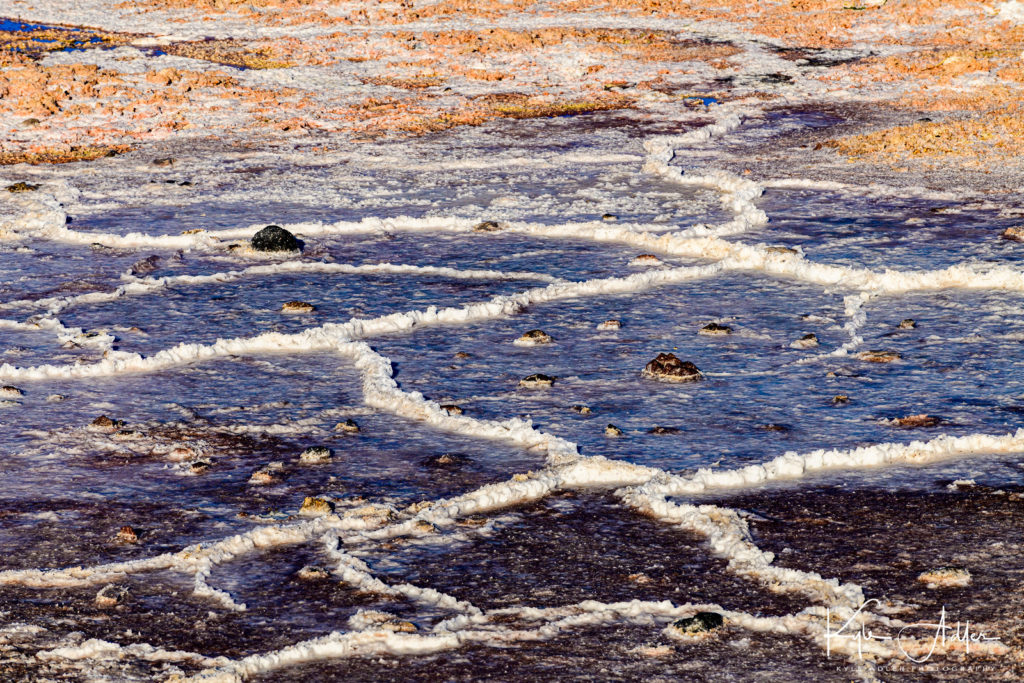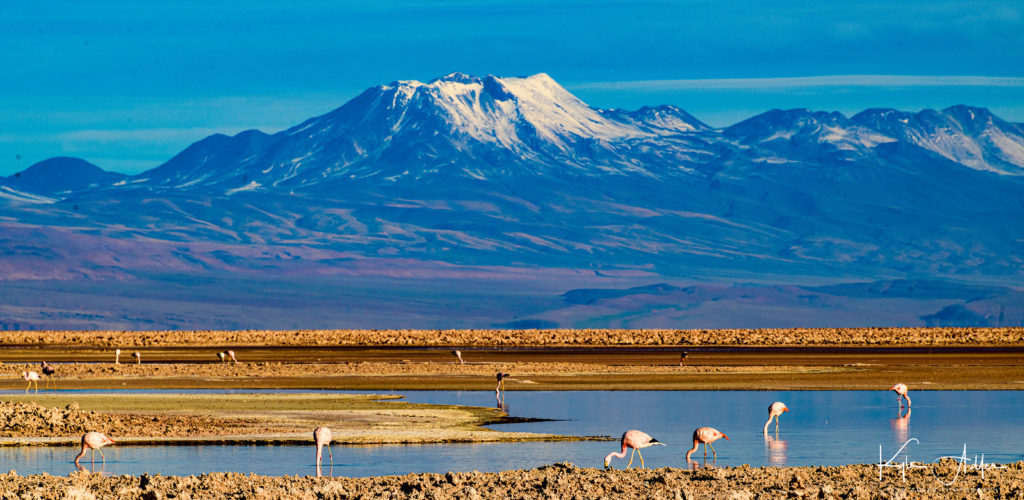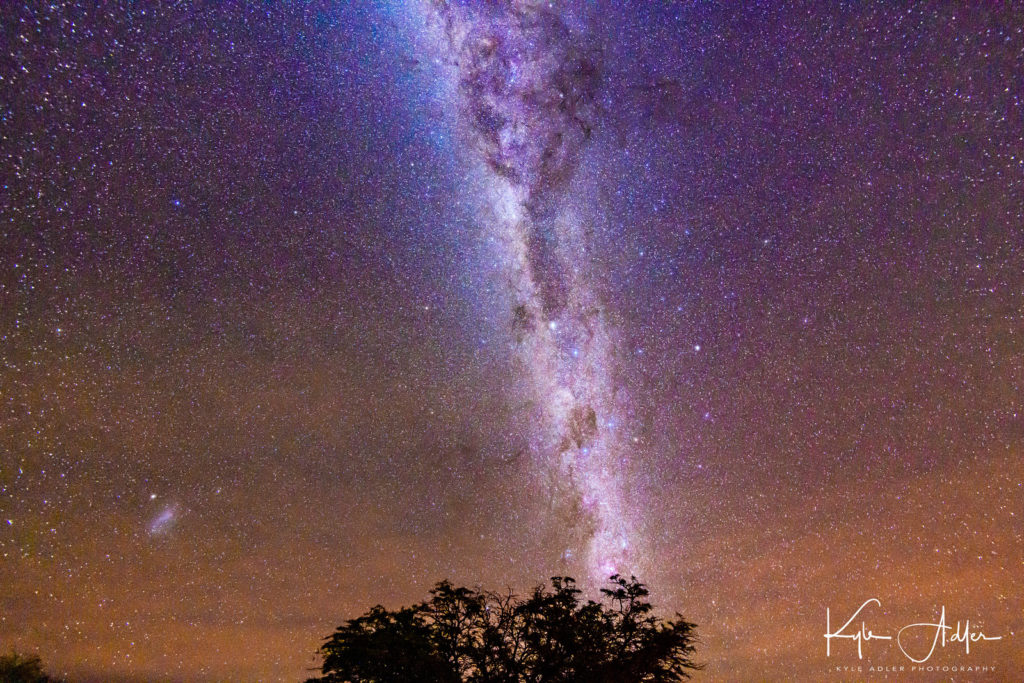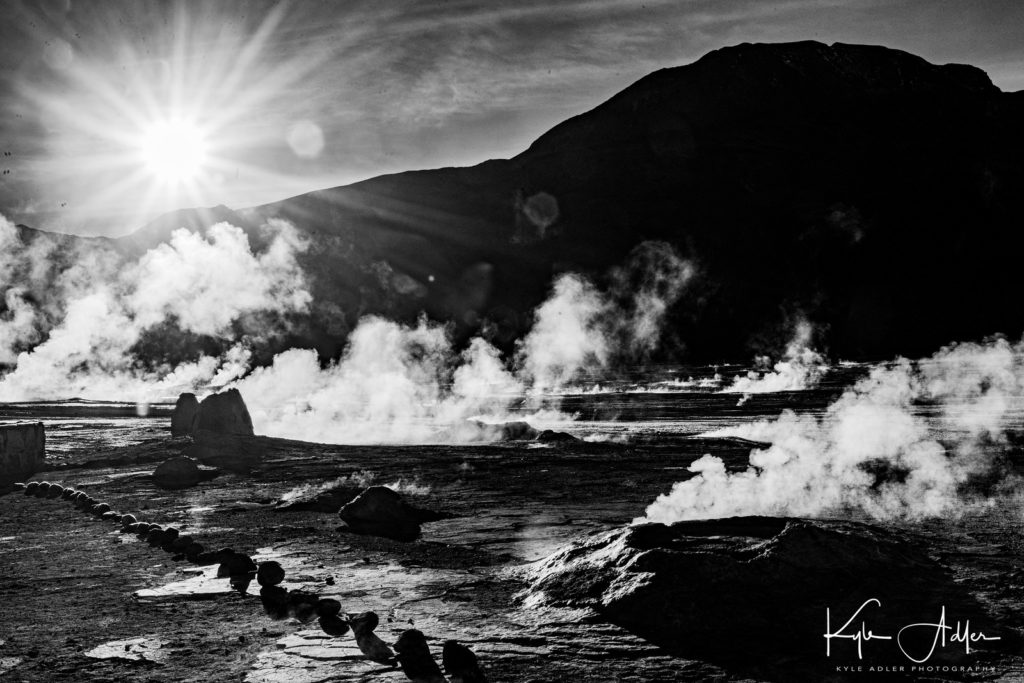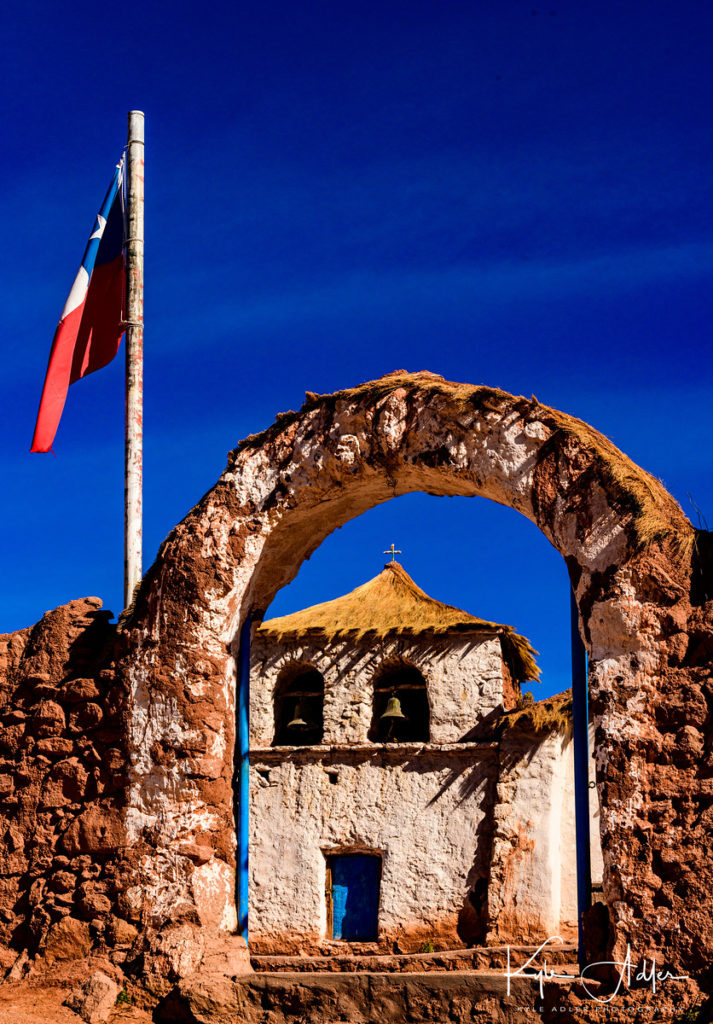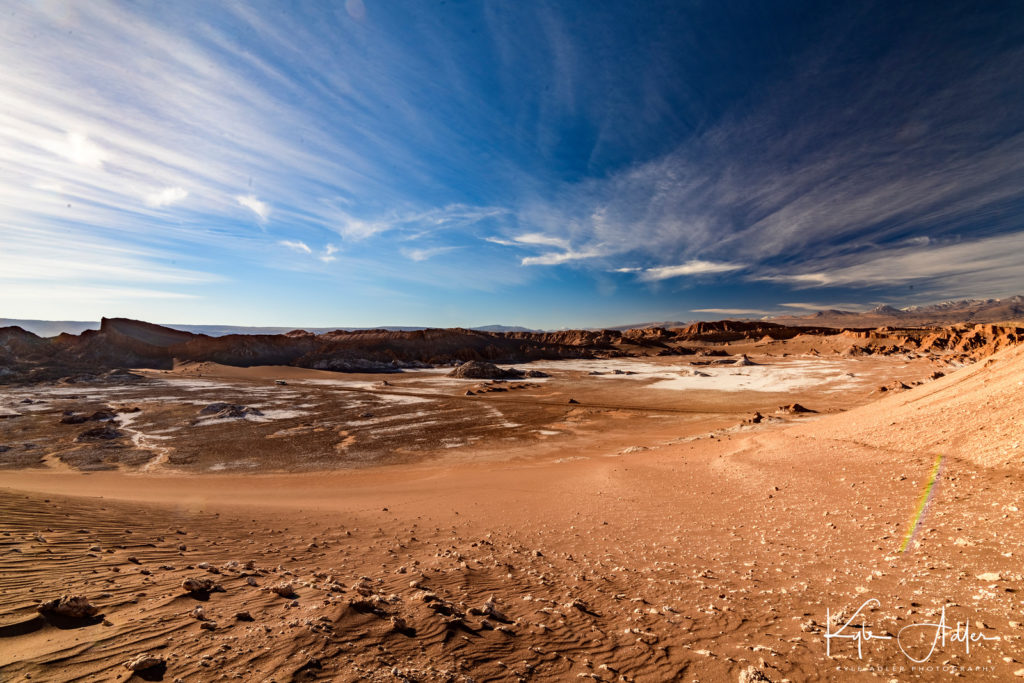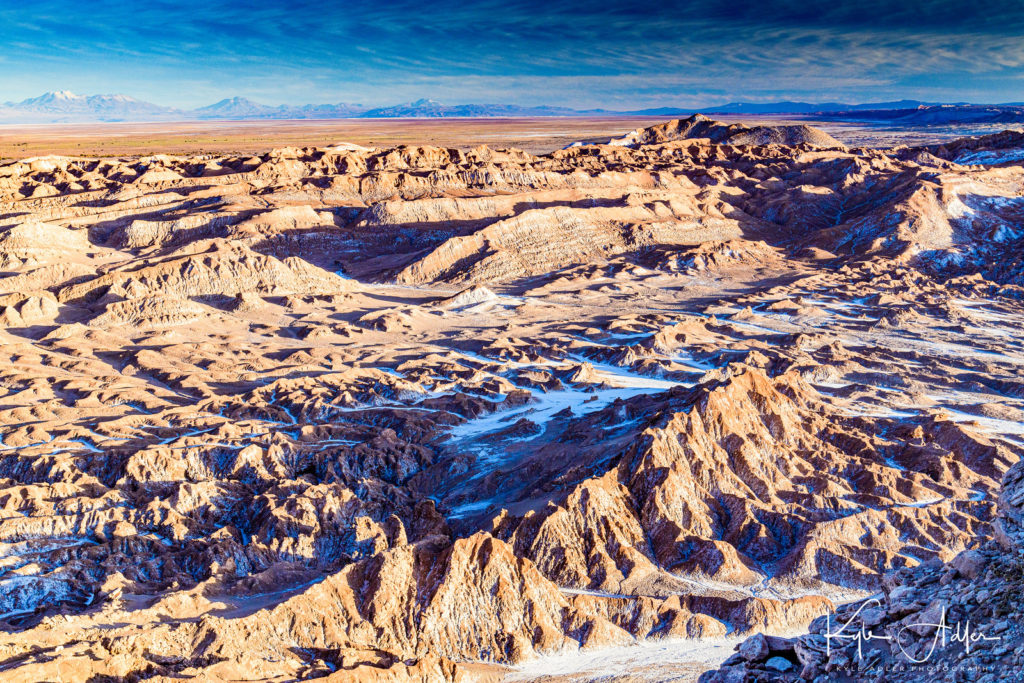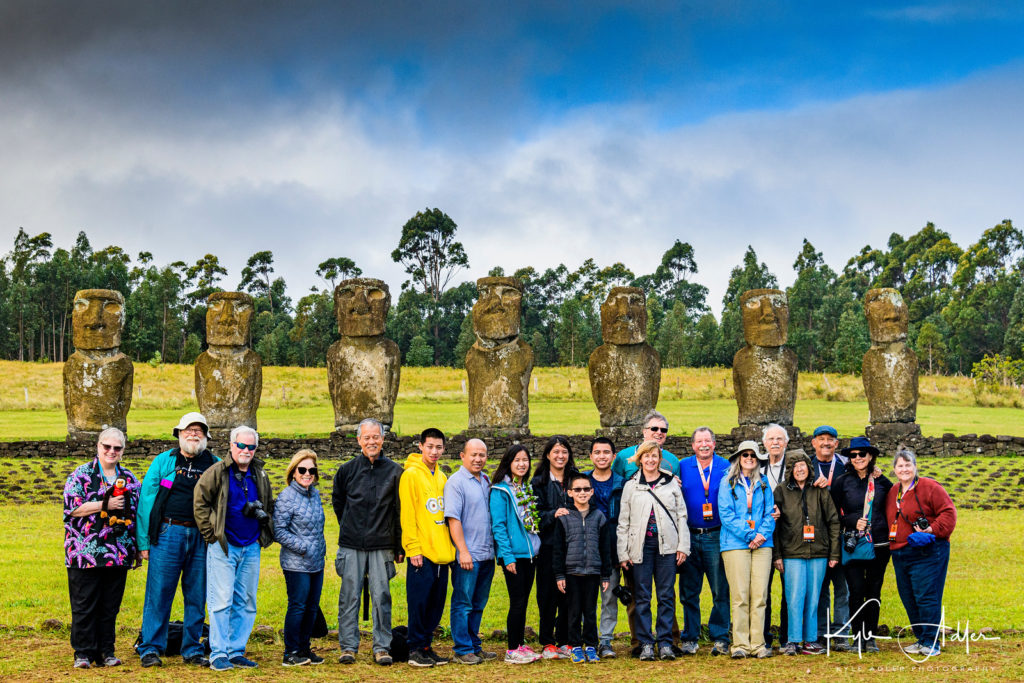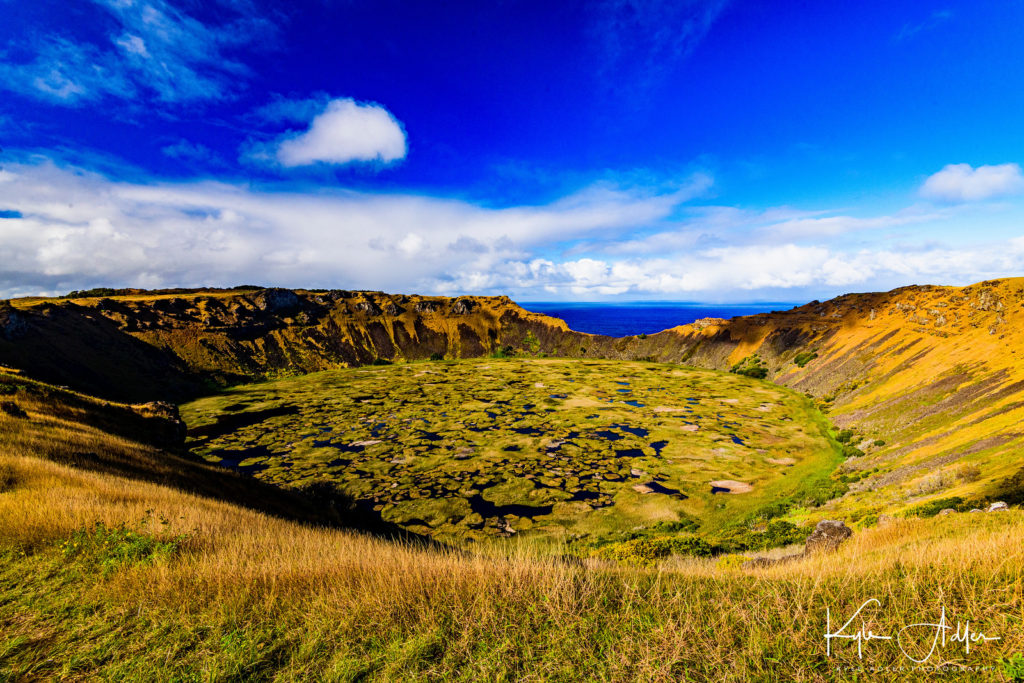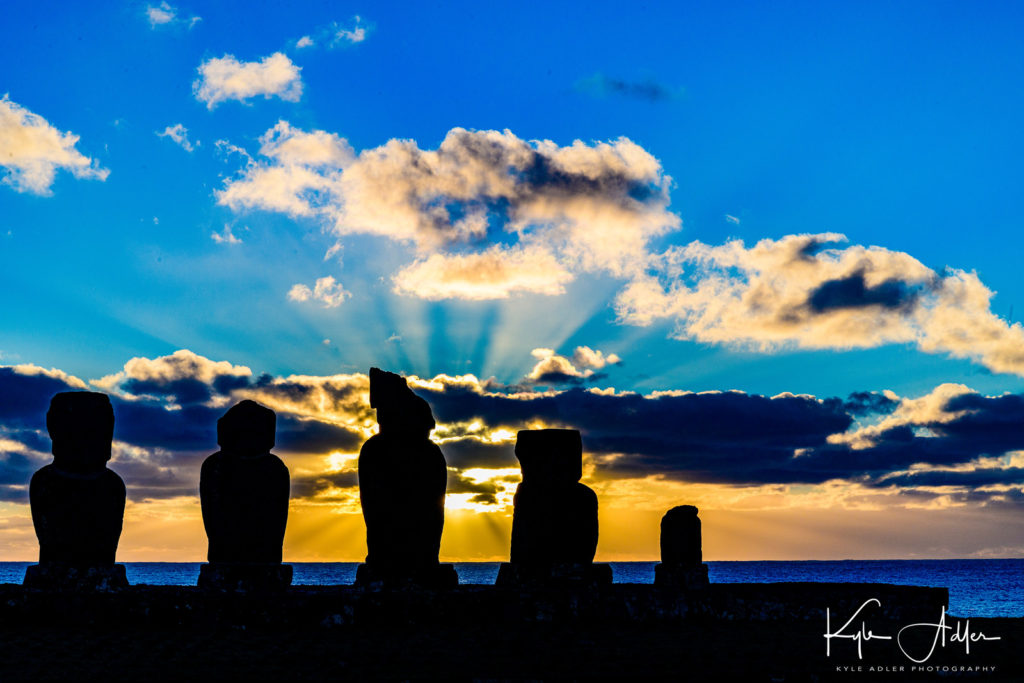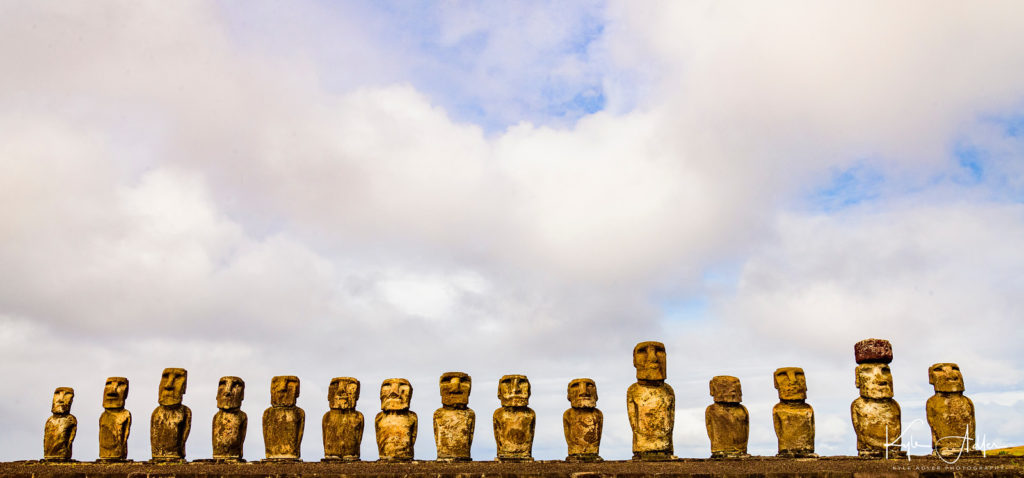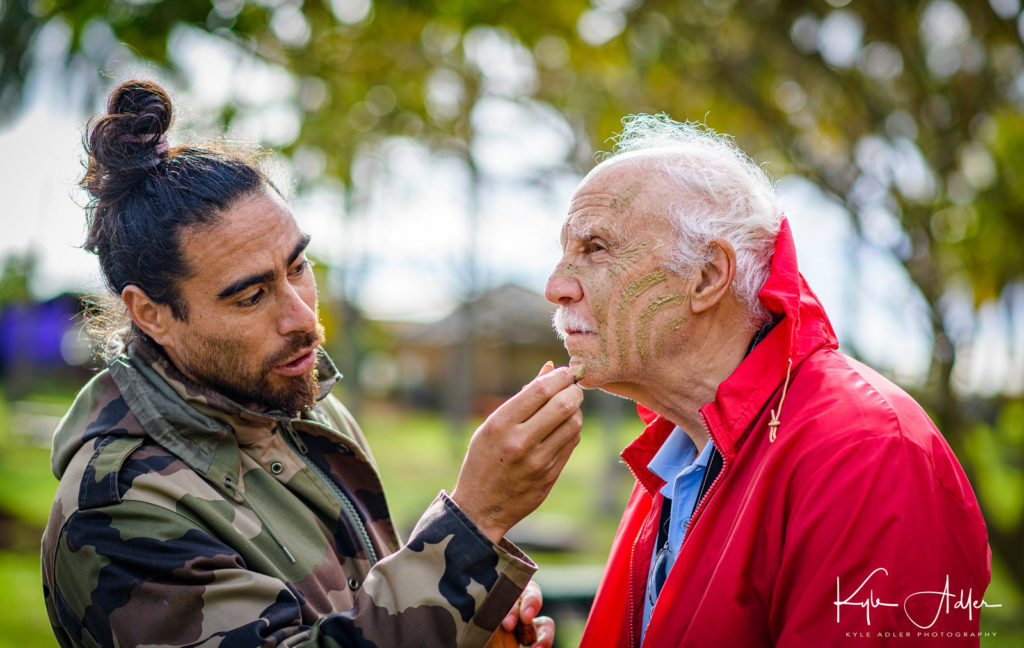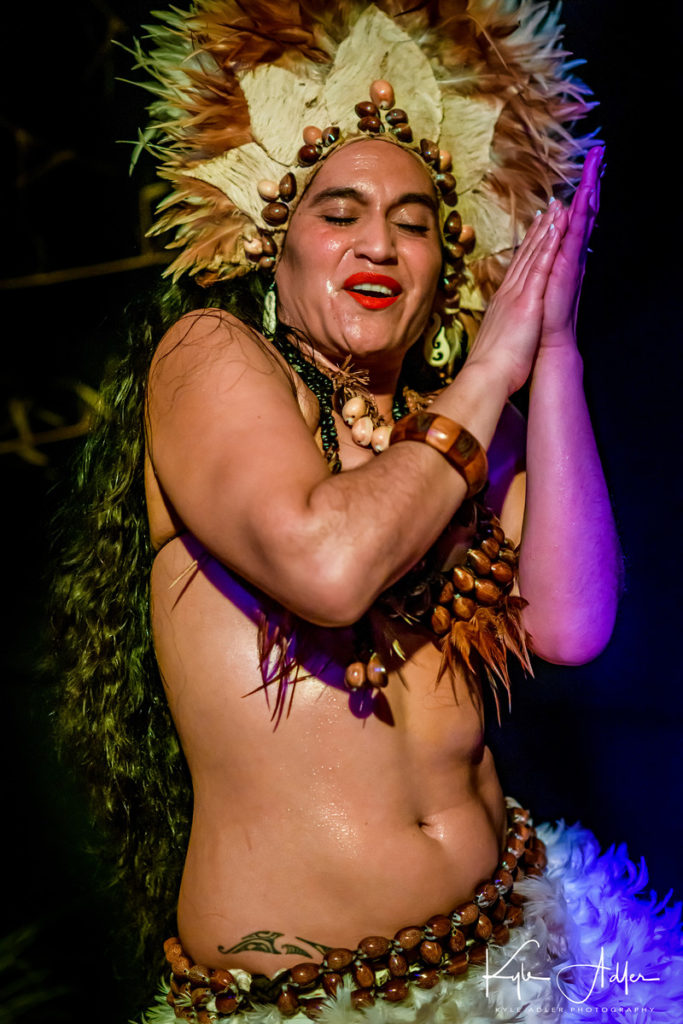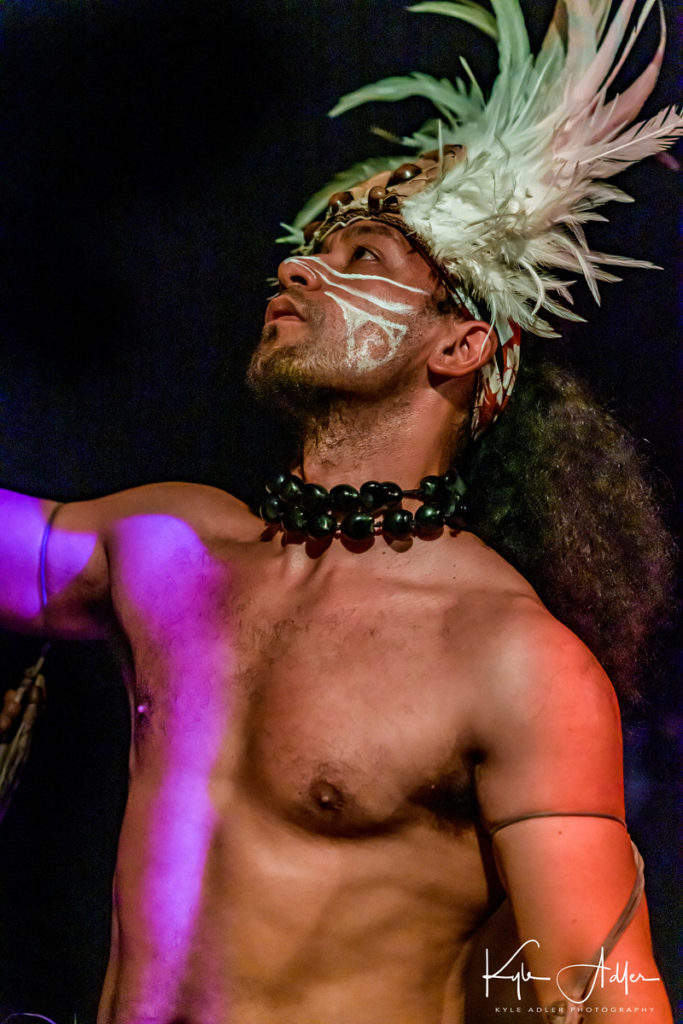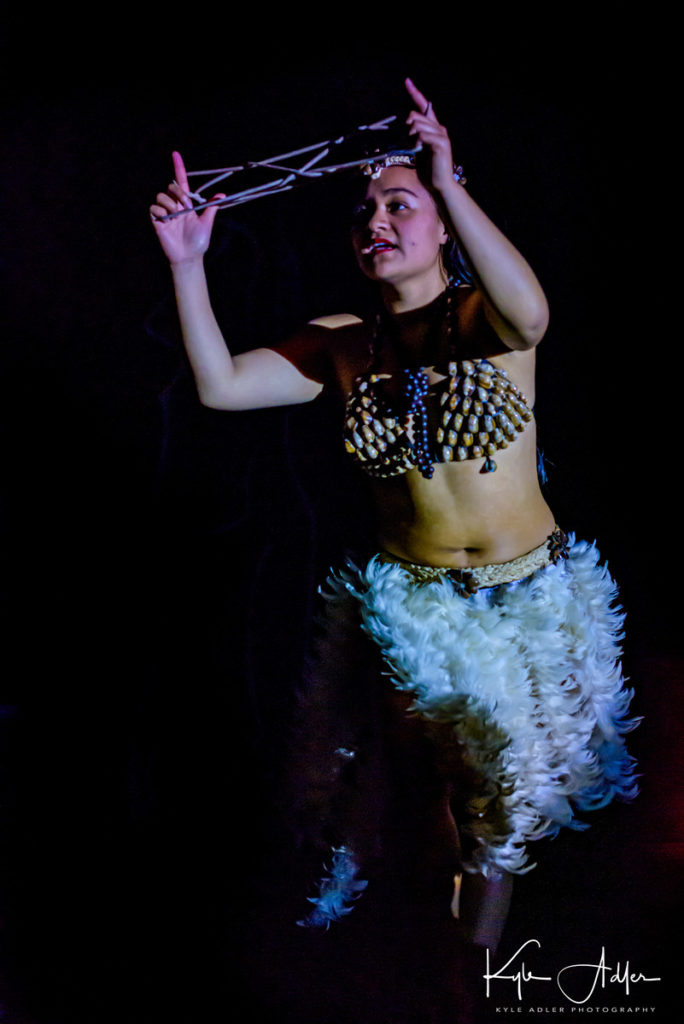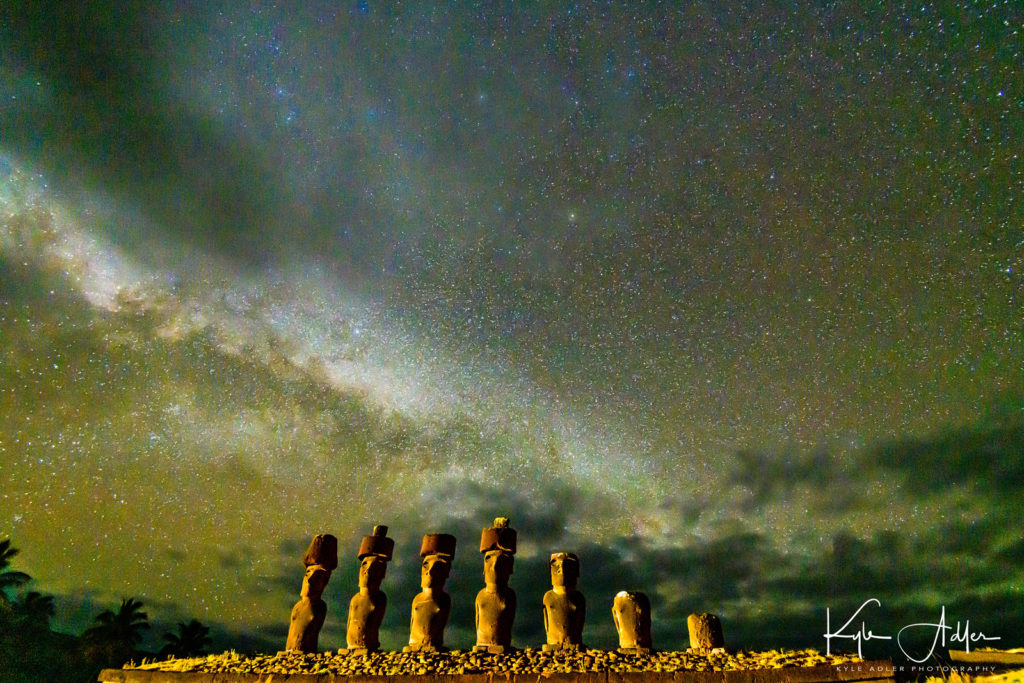Our wonderful 3.5-week adventure took us from Santiago, where we visited our older daughter, to fabled Easter Island, sophisticated Buenos Aires, the mystical island of Chiloe, and then through much of Southern Patagonia. For much of this itinerary we were traveling with a local leader and a small group of fellow travelers on a trip operated by Overseas Adventure Travel (OAT). The knowledge of our local trip leader coupled with the small group size allowed us to travel to largely untouristed areas and to engage in authentic cultural interactions that would not have been easy to set up on our own and would have been impractical to include on larger group trips. Such a format offers amazing opportunities for photographers, as it provides access to an array of experiences beyond the “postcard-type” shots. From home-hosted meals to wildlife encounters to hiking across glaciers and on the slopes of a volcano, this trip packed a lot of memorable moments–and images–into just a few weeks’ time.
Easter Island is a small and extremely remote island, accessible via daily flights from Santiago. It is, of course, famed for the monolithic human figures carved by the Rapa Nui people centuries ago, called moai, that are scattered across the island. But there is a lot more to Easter Island than the moai, including a distinctive Polynesian culture and a wealth of natural beauty.
When photographing iconic sites like this grouping of moai on Easter Island, look for a different perspective. Here, I have framed the image from an unusual vantage point, shooting with a telephoto lens to compress the moai so that they appear closer together and more imposing than they would if framed from directly in front. Buy this photo on my website
From Easter Island we traveled to Argentina’s capital city of Buenos Aires. This city has a high-energy feel, offers a huge array of food specialties, and is graced with stately European style avenues and architecture.
Buenos Aires’ colorful and historic barrio (neighborhood) of La Boca is the birthplace of the tango. To give a sense of the dance’s motion, I shot with a slightly slower shutter speed. The rich colors of La Boca can be brought out in post-processing with subtle adjustments to the vibrance and/or saturation tools in image editing software such as Lightroom. Buy this photo on my website
A stay in the Alpine style village of San Carlos de Bariloche included fascinating interactions with Hans, who as a German boy growing up in Bariloche uncovered his father’s Nazi past and wrote several scholarly books about Nazis living in Argentina; and with Christina, a Mapuche Indian grandmother, civil rights activist, and jewelry maker. We then crossed overland toward the border with Chile, stopping en route for a home-hosted lunch of grilled lamb and for some horseback ridingon a family estancia (ranch).
Chango, the family patriarch, saddles up the horses for a ranch ride. An environmental portrait includes not only the person who is the subject of the portrait, but also enough of the surroundings to give a deeper sense of who the person is. A classic portrait lens would also work nicely for a shot like this one, but to emphasize the relationship between man and horse, and to give some separation between the subject and the background, I chose a longer telephoto lens. Buy this photo on my website

An otherworldly sight: a lenticular cloud forms on the summit of Osorno Volcano as we were hiking on the slopes. To capture high-contrast scenes like this one, it often helps to underexpose by about one stop to preserve the detail in the highlights. Then the shadow detail can be brought back later during post-processing. Buy this photo on my website
The same Osorno Volcano viewed from Vicente Perez Rosales National Park. To blur the water, I placed the camera on a steady tripod and used a longer shutter speed. Attaching a neutral density filter to the lens can help by reducing the amount of light reaching the camera’s sensor, thus allowing a longer shutter speed even in bright daylight. Buy this photo on my website
A ferry crossing from mainland Chile brought us to the island of Chiloe for an overnight stay. Chiloe exudes a strong sense of its mystical past and is characterized by colorful houses rising on stilts out of the water.

Characteristic brightly colored Chilote houses built on stilts. Choose a vantage point from which the houses can be framed in a pleasing manner, shoot with a wide angle lens to include more of the houses, and add a bit of vibrance in post-processing to bring out the saturated colors. Buy this photo on my website
The island of Chiloe includes a fascinating bird preserve reachable by small boat. Here is a penguin couple out strolling in their formal wear. To stabilize the camera and long telephoto lens while shooting from a heavily rocking small boat, use a fast shutter speed (choosing a higher ISO can help), turn on vibration reduction if your lens or camera offers it, and release the shutter at the instant when the boat reaches the top of its cycle of rocking. It’s helpful to use a monopod if you have one (I didn’t) and to shoot a continuous burst of images so that you are more likely to get a good sharp one. Buy this photo on my website
After traveling south all the way to the Strait of Magellan (the farthest south I have ever stood, with Antarctica the only land mass below it), we continued northwest until we reached Torres del Paine National Park, any photographer’s dream destination. The photographic possibilities here are endless, with rugged mountains meeting brilliant blue glaciers and clear lakes. We had the opportunity to view this breathtaking beauty from various hikes and by boat.
Blue ice on Lago Grey’s glacier imitates the mountain peaks soaring behind. I used a polarizing filter on the lens to bring out the intense blues in the glacier and sky, but had to be careful not to remove too much of the reflection in the water of the lake. Buy this photo on my website
Alpenglow lights the peaks behind Lago Grey and its glacier. To make this image, I had to forego much of a really good dinner by shooting through the mealtime out on the deck of our lodge. With the camera on a steady tripod, I shot a series of images using different exposures, a process known as bracketing. Later, these shots can be blended together using the high dynamic range (HDR) tools in software such as Lightroom or Photoshop. Buy this photo on my website
Heading out of Torres del Paine through the heart of Patagonia, our adventure was not yet over. We still had another national park (Los Glacieres) to visit on the Argentinian side before returning to Buenos Aires for our farewell dinner and our flights back home.
Patagonian Paradise. Don’t forget to include yourself and your traveling companions in some of your images. This one, made as we headed out of Torres del Paine National Park, made a great holiday card. Buy this photo on my website
Have you visited Patagonia, the capital cities of Argentina and Chile, Easter Island, or Chiloe Island? What did you find most memorable? Please add your suggestions for places to visit or subjects to shoot. Just enter your thoughts in the comment box.
Want to read more posts about travel photography destinations? Find them all here: Posts on Destinations.










